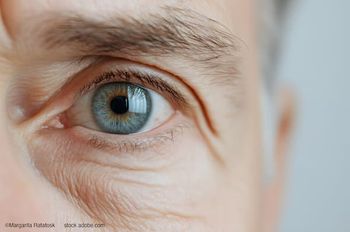
Types of Aspheric IOLs: Monofocal and Multifocal Lenses

Sydney Tyson, MD, MPH discusses various types of aspheric IOLs that cater to a patient’s lifestyle, highlighting recent developments in the therapeutic landscape like the CT Lucia 621P IOL.
Summary
Sydney Tyson, MD, MPH delves into the various types of aspheric lenses available for patients, emphasizing the importance of tailoring lens selection to the patient's preferences, lifestyle, and visual demands. The decision involves balancing visual quality, range of vision, and minimizing visual disturbances like glare, halo, and starbursts. Tyson discusses offsetting positive spherical aberration found in most corneas using lenses with negative spherical aberration. He explains the choices available, including lenses with 0 aberration, -0.2, and -0.27 aberration, aiming to achieve a balanced or 0 spherical aberration for optimal image quality. Different scenarios, such as maximizing image quality, minimizing tilt or decentration sensitivity, maximizing depth of focus, and addressing previous refractive surgeries, influence the choice of lens and the modulation of spherical aberration.
In specific clinical situations, Dr. Tyson recommends the CT Lucia 621p lens, known for its unique design with negative spherical aberration in the center and gradual transition to neutrality in the periphery. This design proves beneficial in cases of potential lens movement, such as in patients with exfoliation or trauma, and for large corneal angles where the pupil is not centered on the visual axis.
Newsletter
Don’t miss out—get Ophthalmology Times updates on the latest clinical advancements and expert interviews, straight to your inbox.
















































.png)


